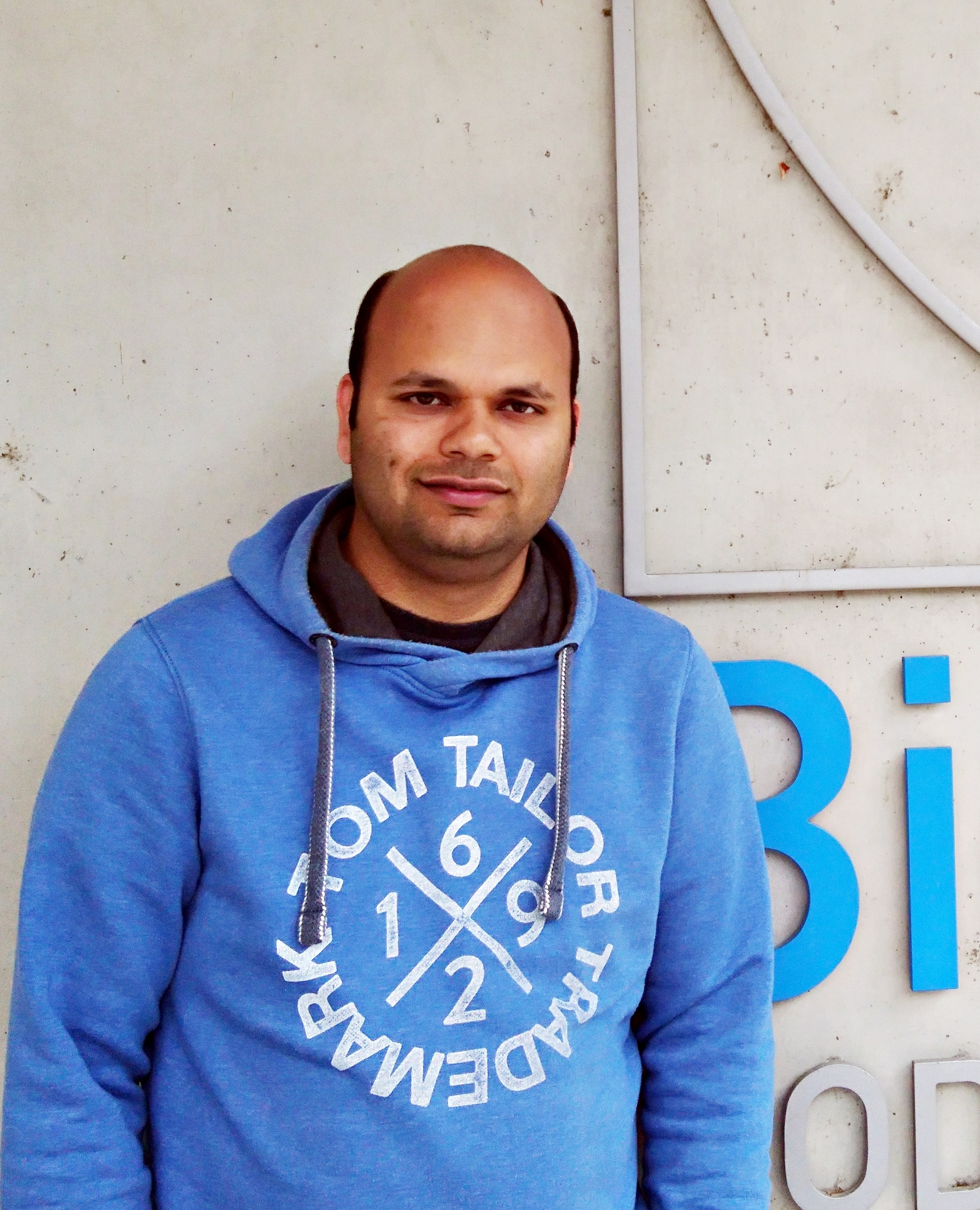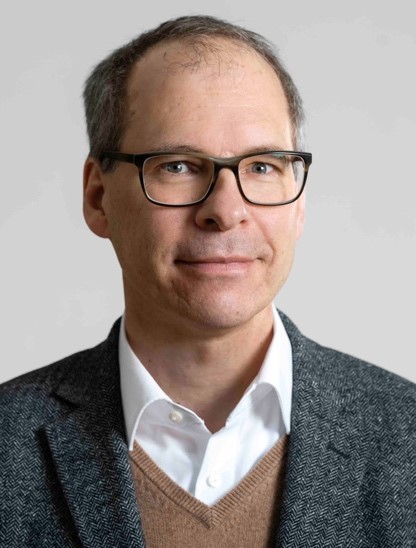Project 4
Modeling the adhesion of malaria-infected red blood cells
Summary Project description 2nd funding period
Cytoadhesion of red blood cells (RBCs) infected by Plasmodium falciparum (iRBCs) to the vascular endothelium avoids clearance by the spleen and is the main cause for the clinical symptoms of the disease malaria. Cytoadherence results from the remodeling of the wildtype RBC by the parasite. After invasion, the parasite starts to export hundreds of effector proteins into the host cell that lead to profound changes in the iRBC’s spectrin cytoskeleton underlying the plasma membrane. In particular, actin is milled from the network and used to build new transport pathways to the plasma membrane, the spectrin network increases its pore size and a system of adhesive knobs is established. While knob-associated histidine-rich protein (KAHRP) self-assembles into spiral-shaped platforms underneath the plasma membrane, Plasmodium falciparum erythrocyte membrane protein-1 (PfEMP1) inserts into these and forms the adhesive clusters that can bind endothelial factors such as CSA, CD36 or ICAM1.
During the current funding period, we have quantified cell shape and knob structure of the iRBCs, and have correlated this to the movement and adhesiveness in shear flow. For this purpose, we have combined different imaging methods with flow chamber experiments and mathematical modeling. In particular, we have simulated cell movement in shear flow both for the late schizont stage using adhesive dynamics for a round cell and for the intermediate trophozoite stage using triangulated networks of non-spherical and deformable cells embedded in a hydrodynamic solvent with multiparticle collision dynamics. In both cases, we have tested our theoretical predictions with experiments. One of our main results is that trophozoites flip rather than roll in shear flow due to their biconcave shape, and that this leads to characteristic adhesive footprints on the substrate, that plays an important role in the interaction with the endothelium.
For the next funding period, we plan to focus our research on the molecular changes of the spectrin network that underlie these cell-level processes. Our starting point will be the generation of parasite lines that feature mutations in KAHRP. KAHRP contains several protein binding domains and is known to interact with both parasite and host factors to form knobs and the cytoadhesion complex. For instance, KAHRP interacts with several membrane skeletal proteins of the host erythrocyte, including spectrin, actin and ankyrin. KAHRP further self-aggregates and it can bind to the cytoplasmic domain of PfEMP1. We will ablate certain binding domains of KAHRP using CRISPR/CAS9 genome editing technology and will investigate the effect on cytoadherence and the spectrin membrane skeleton. To this end, we will image the corresponding changes to the spectrin network and the knobs using scanning electron microscopy (SEM), cryo-EM, atomic force microscopy (AFM) and super resolution microscopy. Using our established multi-scale mathematical models for cell movement in shear flow, we will predict how such changes should translate into cytoadhesion, and test our predictions with flow chamber experiments. Extending our multi-scale modeling strategy, we will develop a novel network model for the remodeling processes in the spectrin network, including predictions on the time course of its mesh size and its connections to the plasma membrane. We will use this model to predict changes in cell shape and membrane fluctuations, and test our predictions with flicker spectroscopy, in collaboration with Lanzer/Tanaka. Based on these data and experiments with a conditional protein export system, we will build a transport model that quantifies the amounts of new components arriving at the plasma membrane (either directly or indirectly through the Maurer’s clefts), and how this feeds into the remodeling process of spectrin network and knobs.
.
Project staff

Pintu Patra, Postdoc


